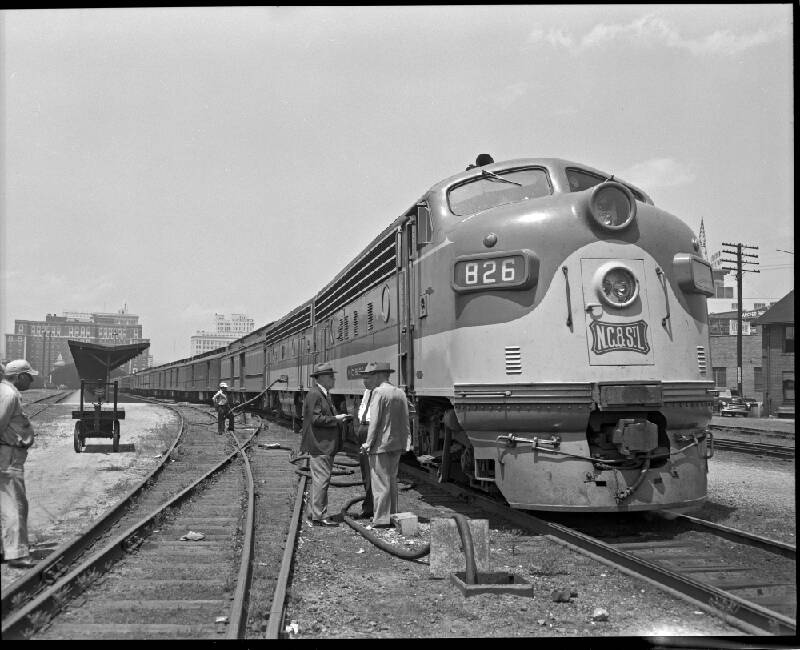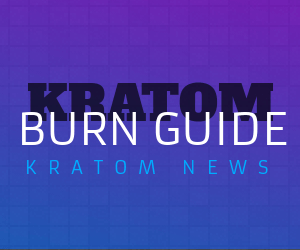Remember When, Chattanooga? Passenger trains such as the Dixie Flyer made stops in the Scenic City – Chattanooga Times Free Press
Remember When, Chattanooga? Passenger trains such as the Dixie Flyer made stops in the Scenic City Chattanooga Times Free Press


This 1953 photo features the northbound Dixie Flyer, a famous passenger train that passed through Chattanooga on its route from Chicago and St. Louis to Florida and back.
Train expert Justin Strickland, the author of the book “Chattanooga’s Terminal Station,” was able to identify the train by noting the time and date of the photo and comparing it to known train schedules from 1953 — a fact verified by other train scholars, he said.
History notes that the Dixie Flyer operated from 1892 to 1965. The Chattanooga leg of the Flyer’s operation was as part of the Nashville, Chattanooga & St. Louis Railway, which began in the 1840s and eventually merged with L&N Railway.
This photo is part of the EPB collection of images at ChattanoogaHistory.com, a website devoted to preserving vintage photographs of the Chattanooga area.
Sam Hall, curator of the website, said the position of the train in the photograph places it “approximately in the middle” of today’s TVA complex.
Launched by history enthusiast Sam Hall in 2014, ChattanoogaHistory.com is maintained to present historical images in the highest resolution available.
If you have photo negatives, glass plate negatives, or original non‐digital prints taken in the Chattanooga area, contact Sam Hall for information on how they may qualify to be digitized and preserved at no charge.
“In the distance you can see the Read House Hotel, and across the street the arched roof of the train ‘shed’ at Union Station,” Hall notes.
One of the men in the photo (in the dark sport coat) is H.G. Pruett, a safety engineer at EPB in the 1950s, Hall said. Interestingly, a newspaper report from the period notes that Pruett also designed the lighting for the Cotton Ball.
According to rail history, the Nashville & Chattanooga Railway took nine years to complete and covered some 150 miles. It has been called “one of the most important railway systems in the United States.” Through acquisitions it later became the Nashville, Chattanooga and St. Louis Railway after the Civil War.
The railway included the 2,228-foot Cowan Tunnel in Cowan, Tenn., which was considered a major engineering feat in its day.
Follow the “Remember When, Chattanooga?” public group on Facebook.
Contact Mark Kennedy at mkennedy@timesfreepress.com.
Next Article
Previous Article
